China's expertise in sophisticated spacecraft engineering and France's abundant knowledge of space science are among key reasons why the two countries should team up to further advance space exploration and development, industry observers said.
Pang Zhihao, an expert on space exploration technology and a renowned writer on spaceflights, said on Wednesday that both nations have their own set of advantages and can complement each other well in space programs.
The remark came after the two nations stated in a joint declaration that they welcome cooperation between their space institutions for the Chang'e 6 lunar probe and joint studies of extraterrestrial soil and rock samples. The document was released by the two countries during French President Emmanuel Macron's recent state visit to China.
The Chang'e 6 mission, China's next robotic lunar expedition, will enable French scientists to place their equipment on the moon's little-known far side, according to China's leading space contractor.
China Aerospace Science and Technology Corp, a State-owned conglomerate, said on Monday that based on a plan made by China and France in 2019, the Chang'e 6 will take a French device to the moon for scientific tasks.
The Chang'e 6 mission, scheduled for launch around 2025, will involve an on-site investigation, the retrieval of soil samples from the far side of the moon, and systematic and long-term laboratory research on the samples collected. If the mission succeeds, it will be the first time samples are retrieved from the moon's far side.
"China is good at designing and building sophisticated spacecraft, and organizing grand space programs. It also has a lot of science and technology resources, as well as engineering expertise, that can be used in space explorations," Pang said. "France is skilled in making precision scientific instruments that are essential to many space projects. It also has abundant knowledge of space science."
Combining their strengths will enable the two countries to create more opportunities for their scientists and engineers, achieve goals with smaller investments in lesser time and learn from each other's experiences, Pang added.
As China has opened its space station and deep-space missions to international cooperation, French and other European researchers are keen to take advantage of the opportunities to boost their science and technology studies, said Wang Ya'nan, editor-in-chief of Aerospace Knowledge magazine.
Likewise, Chinese scientists are happy to work with their European peers to explore the mysteries of the universe, he said.
In April 2019, the China National Space Administration announced payload opportunities on the Chang'e 6 spacecraft, with the mission's lander and orbiter each offering to carry 10 kilograms of foreign equipment.
Since then, the administration has received more than 20 proposals from foreign space agencies and scientists. After several rounds of selection and talks, it decided that the Chang'e 6 lander will carry scientific instruments from France, Italy and the European Space Agency/Sweden, while a Pakistani payload will be mounted on the orbiter.
According to France's national space agency CNES, the French instrument on the lander will be the DORN radon measurement instrument, which is designed to study the movement of lunar dust and some volatile chemicals between the lunar surface and the atmosphere, including during the water cycle.
China began its lunar program in 2004 and has launched five robotic probes since 2007. The fourth in the series, the Chang'e 4, landed on the far side of the moon in January 2019, becoming the first spacecraft to closely observe this lunar region. Its rover, Yutu 2, has been working there for nearly 1,600 days as the world's longest-operating lunar rover. The Chang'e 4 spacecraft carried German and Swedish sensing devices to the moon.
The most recent mission, the Chang'e 5, landed on the moon in December 2020 and returned with 1,731 grams of lunar rocks and soil, achieving a historic accomplishment about 44 years after the last lunar samples were brought to Earth.
Like the Chang'e 5, the Chang'e 6 will consist of four components — an orbiter, a lander, an ascender and a reentry module.








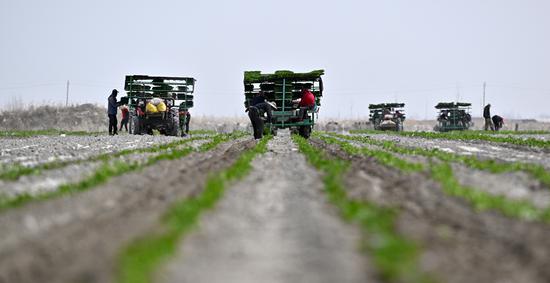

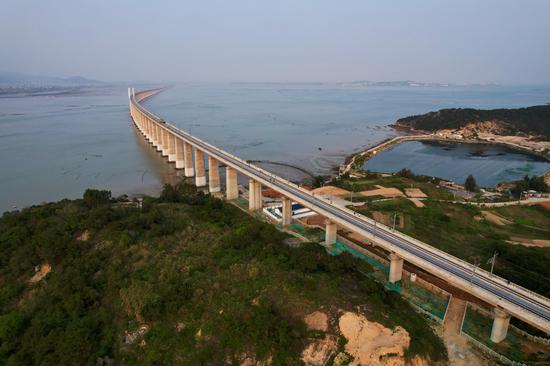

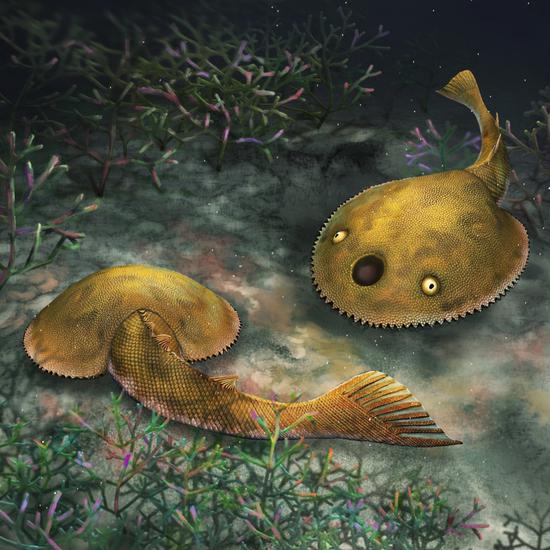
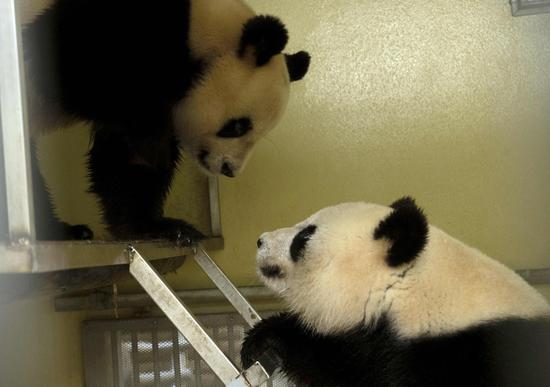
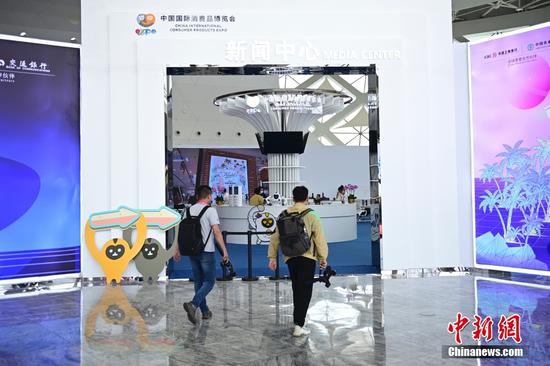

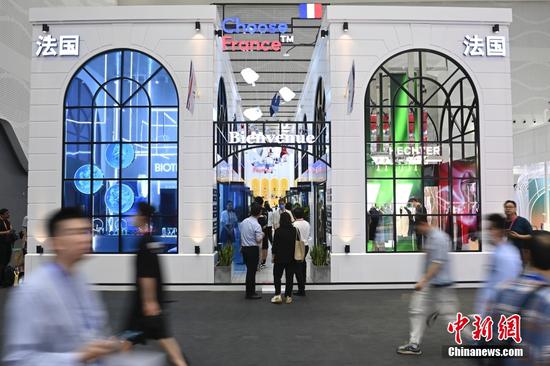





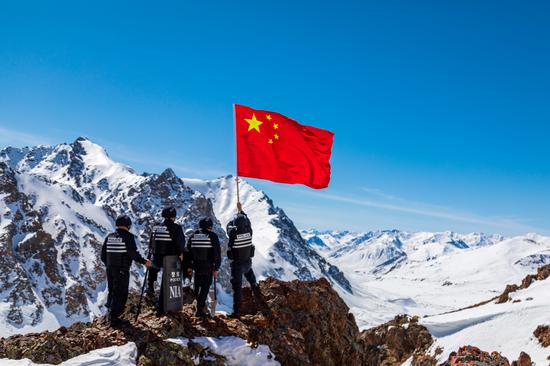

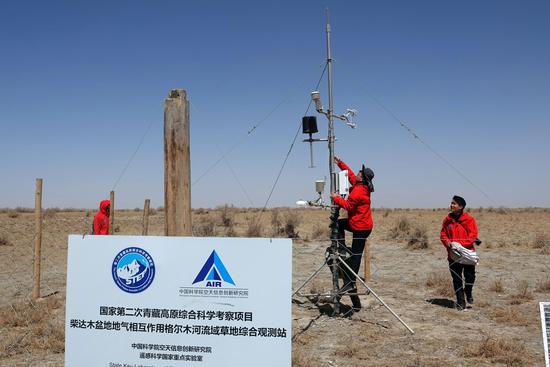
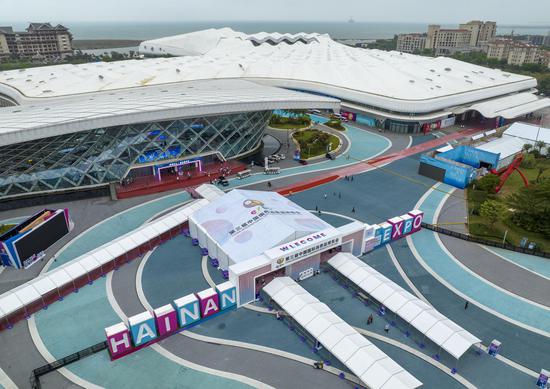
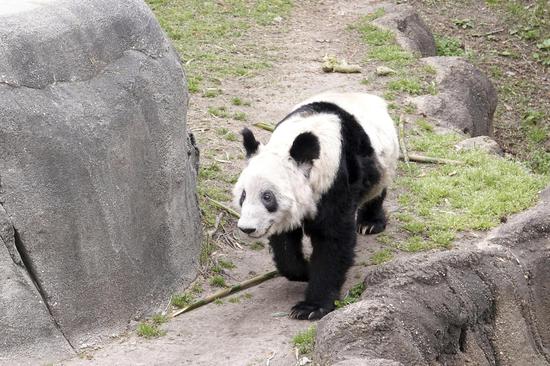
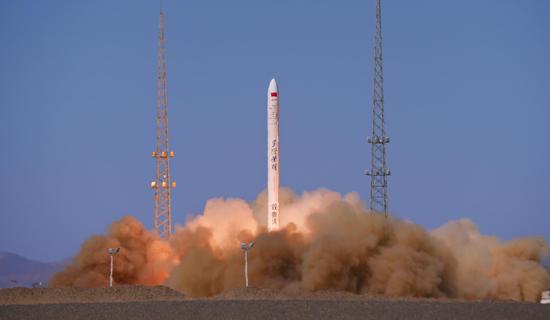

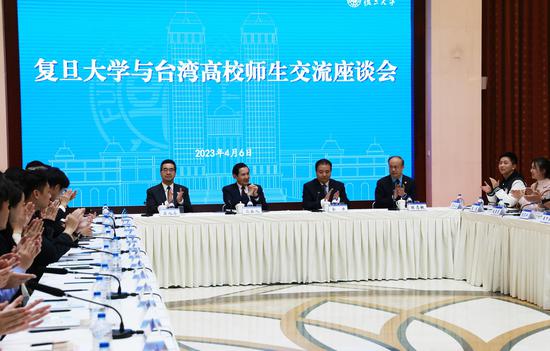

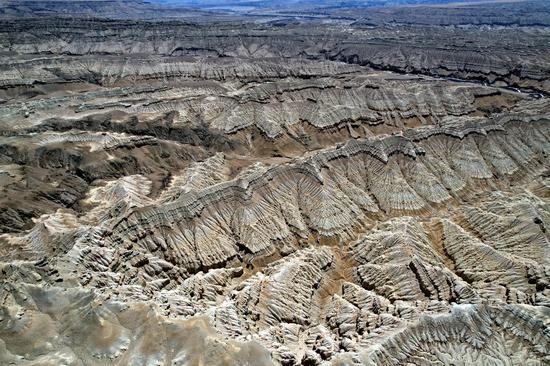
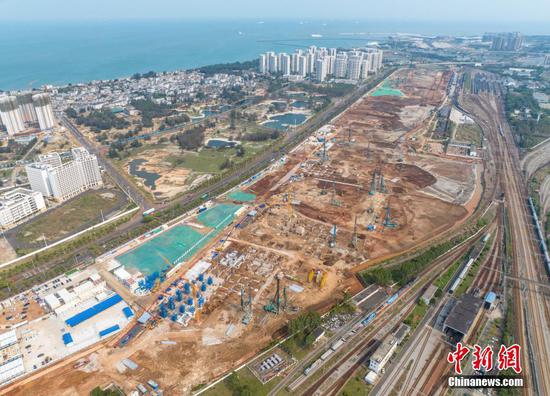
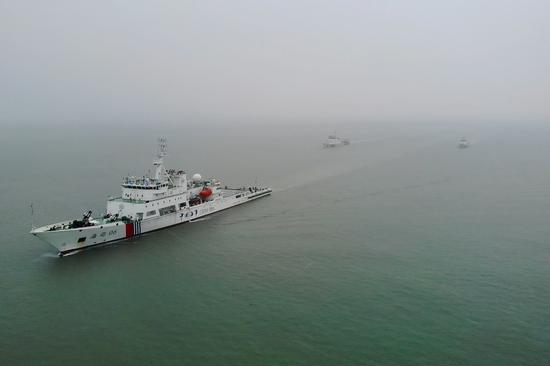
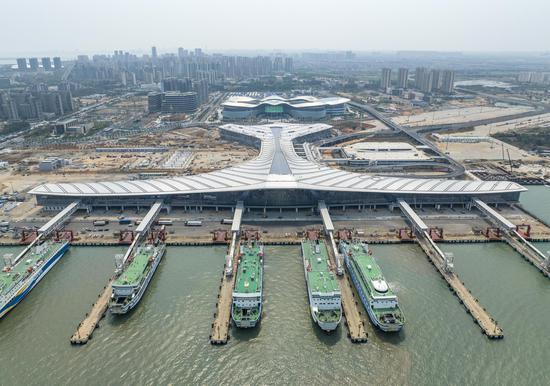



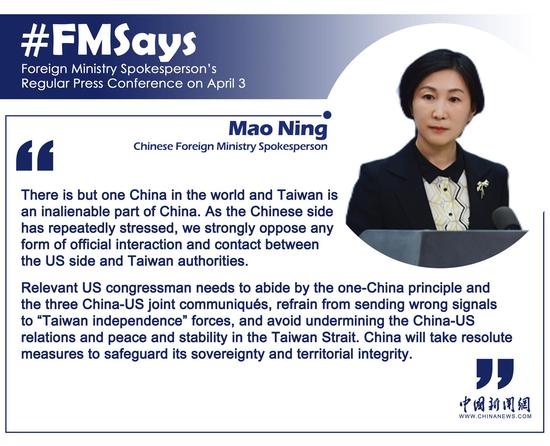
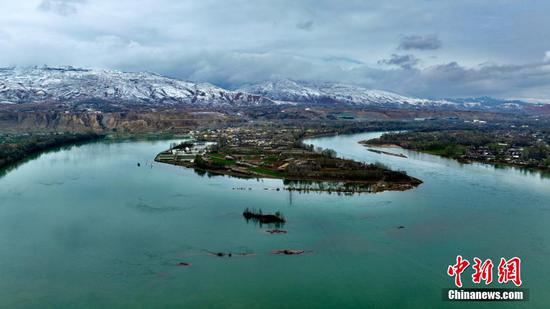

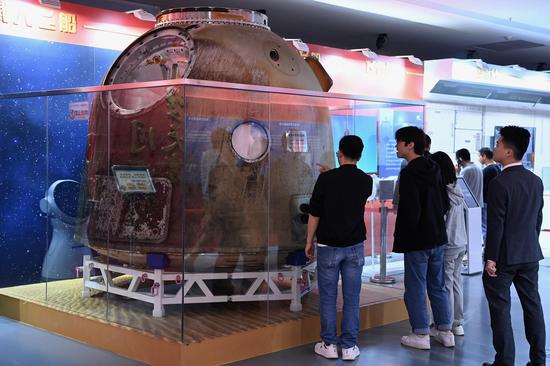






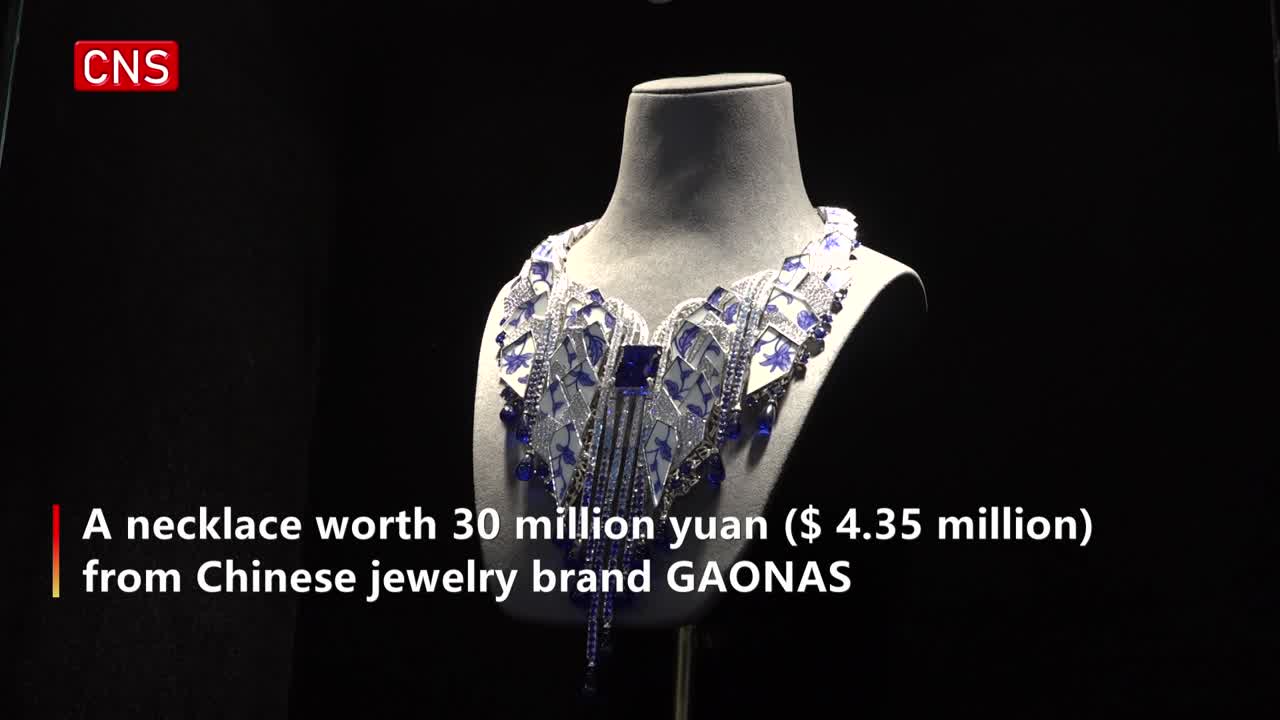

 京公网安备 11010202009201号
京公网安备 11010202009201号